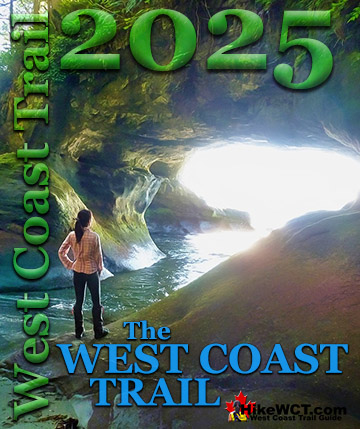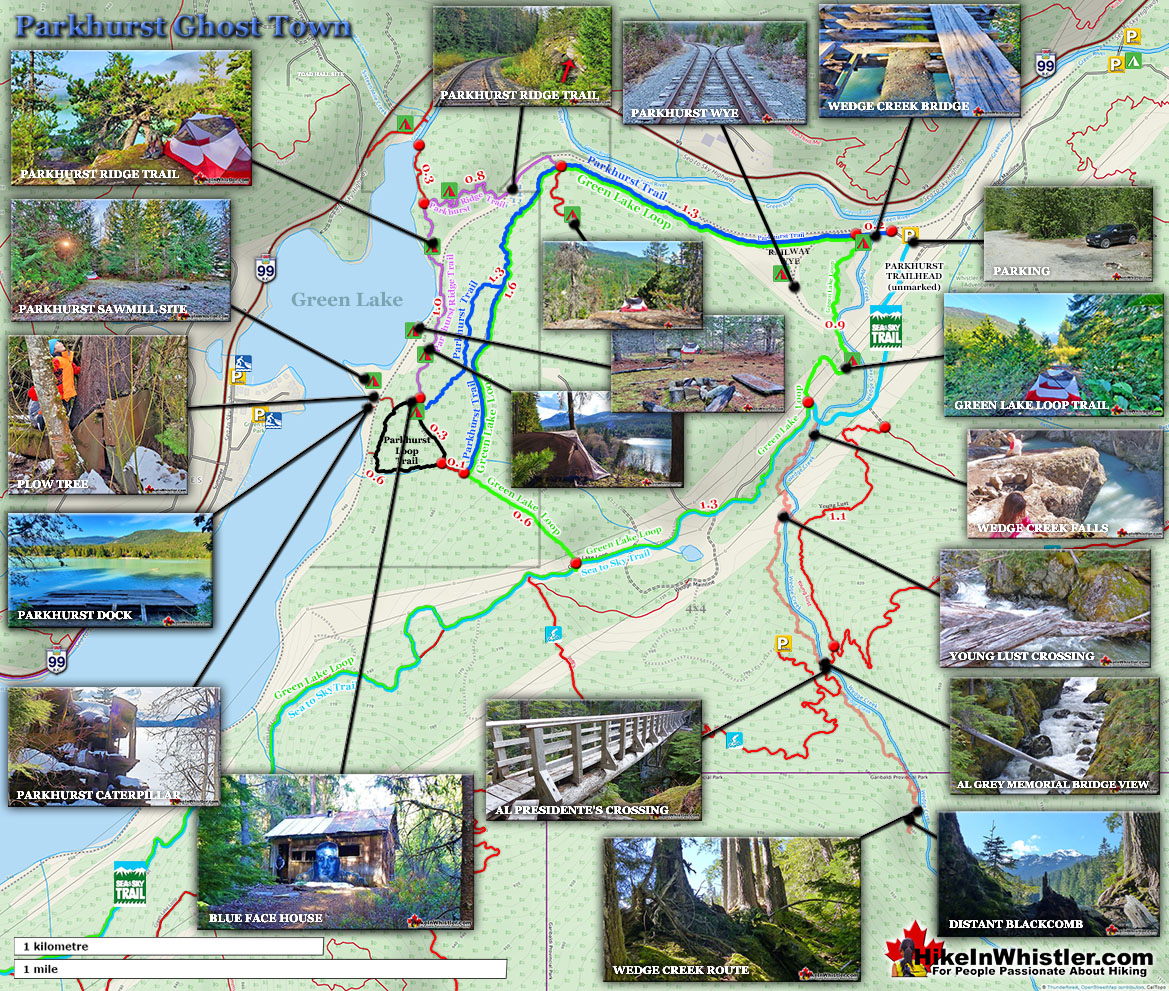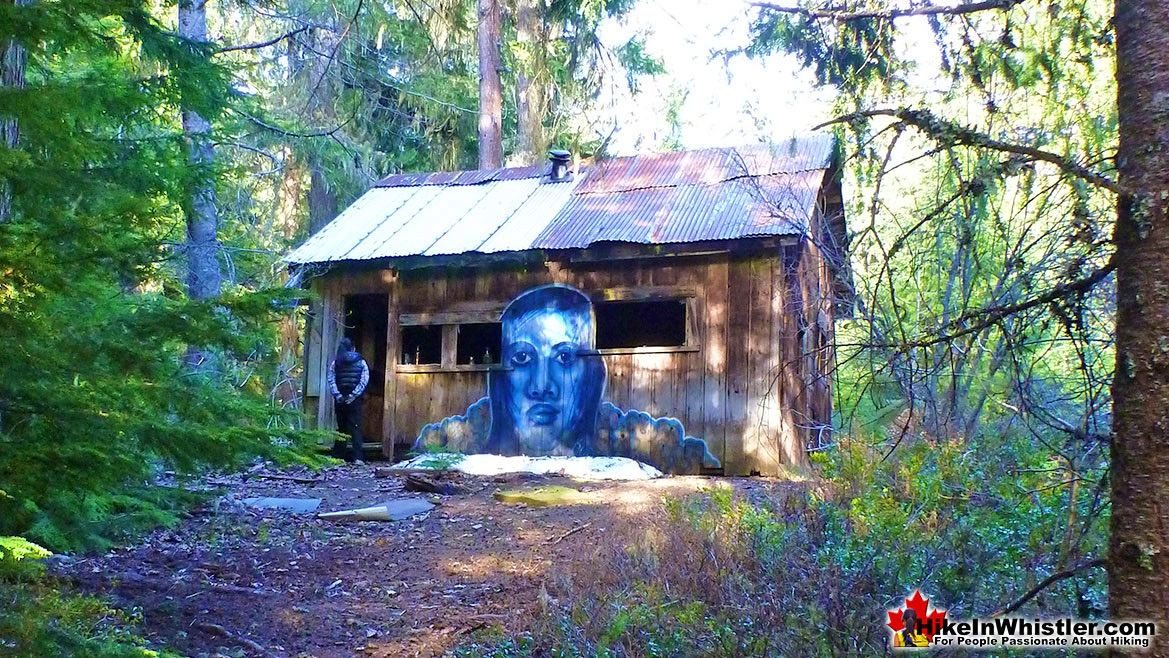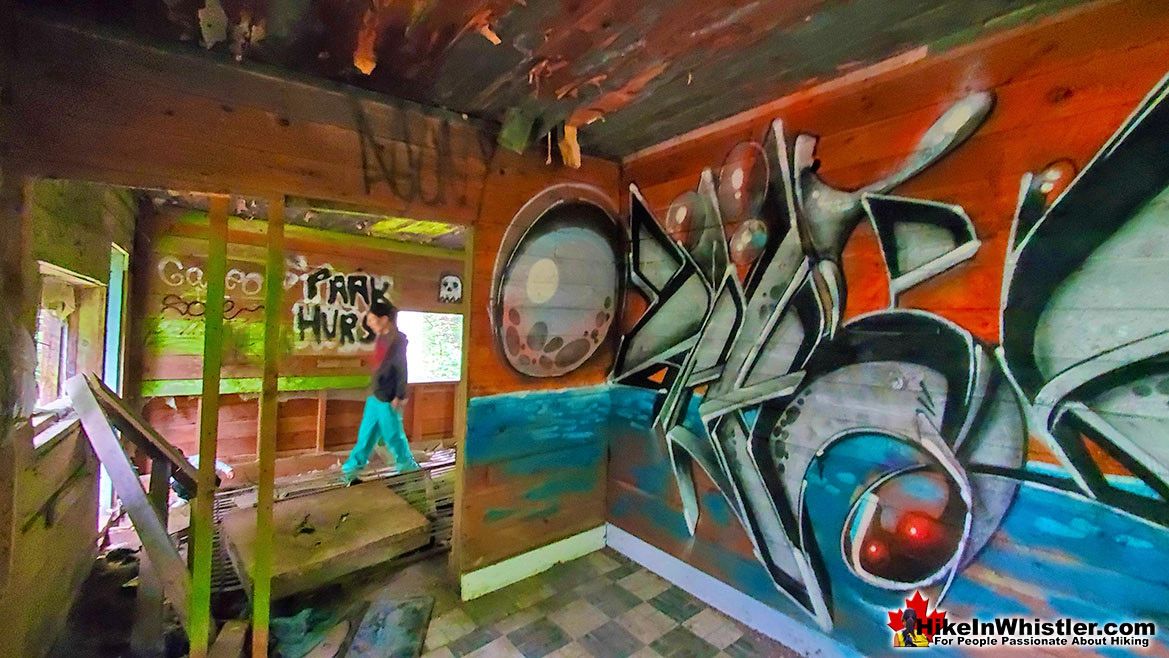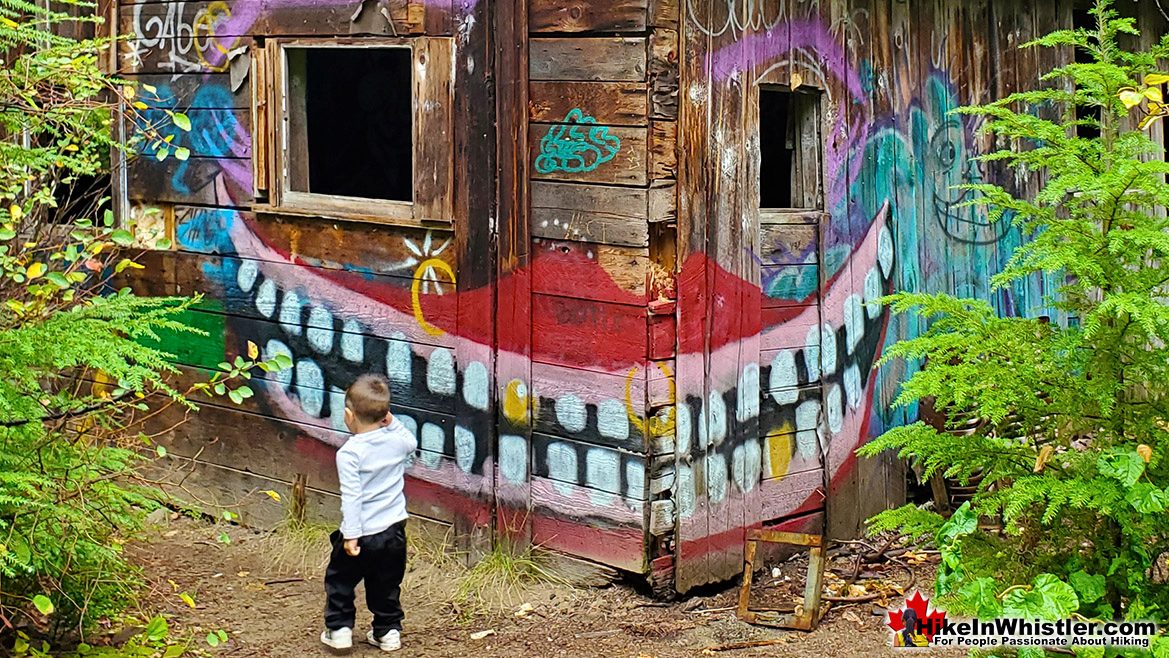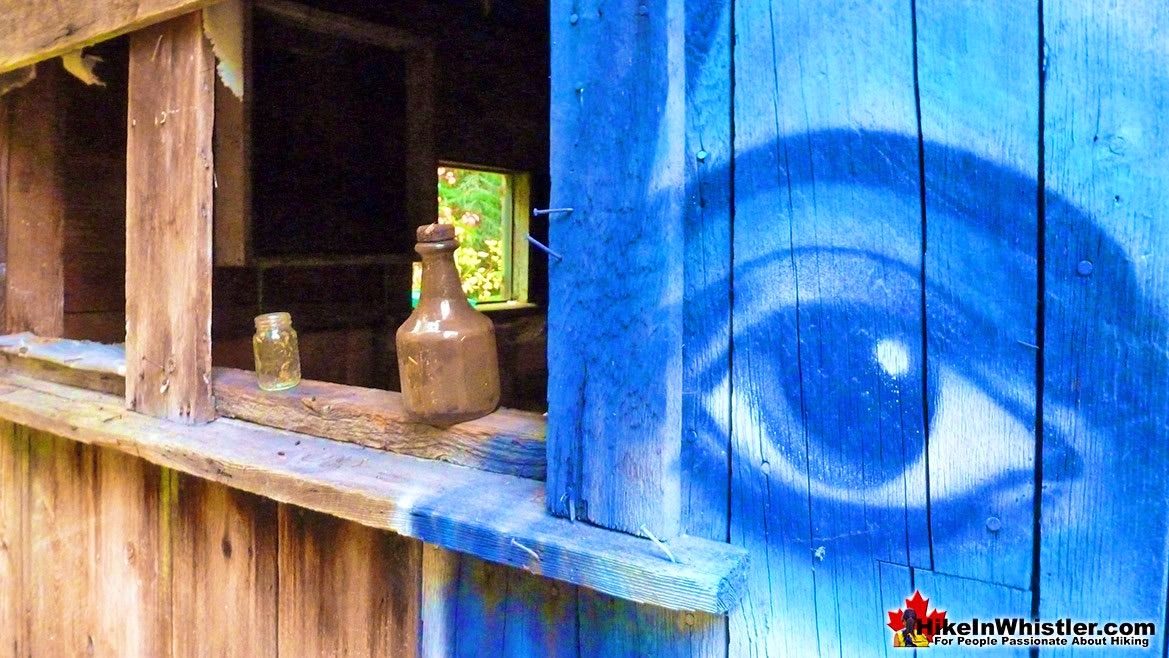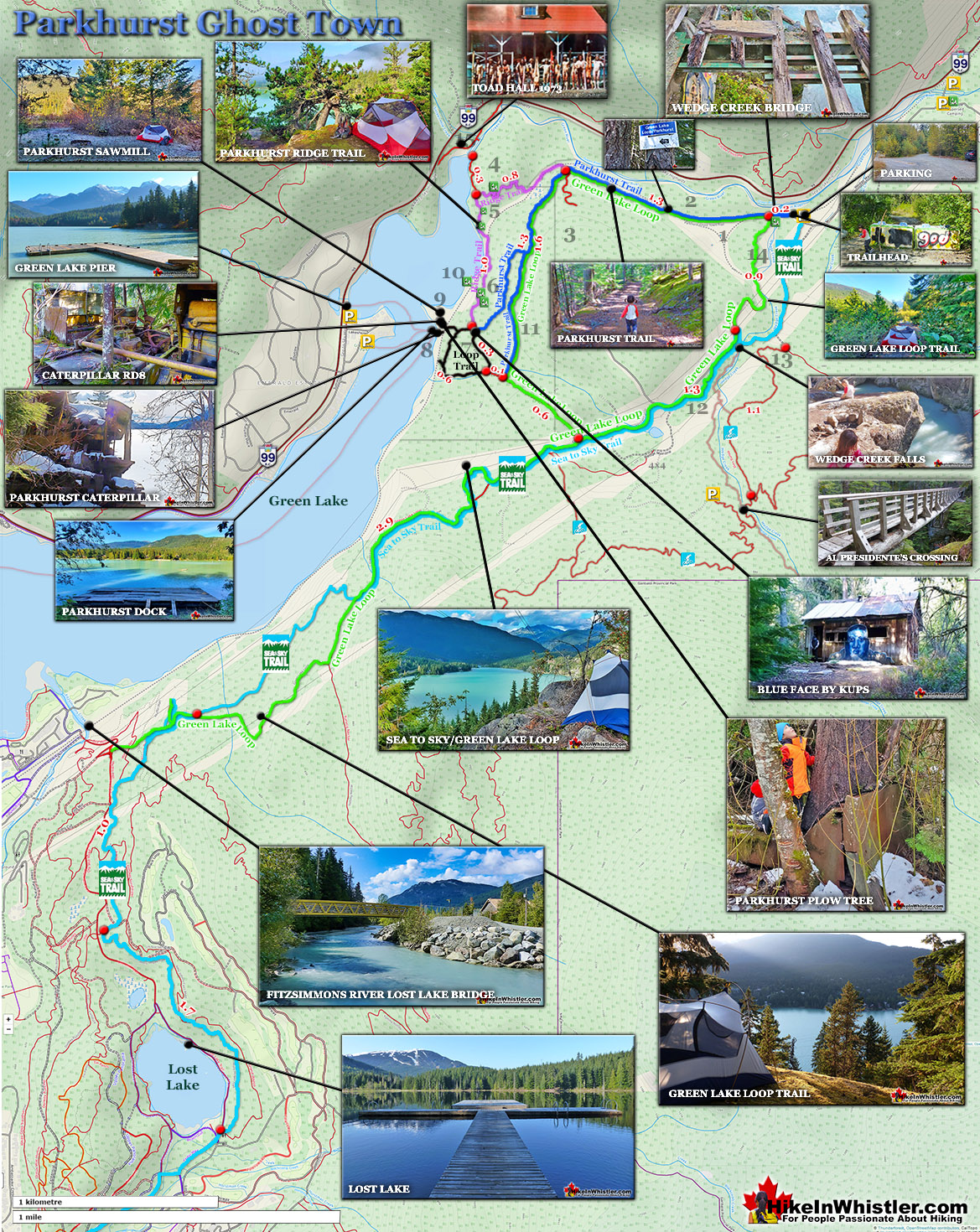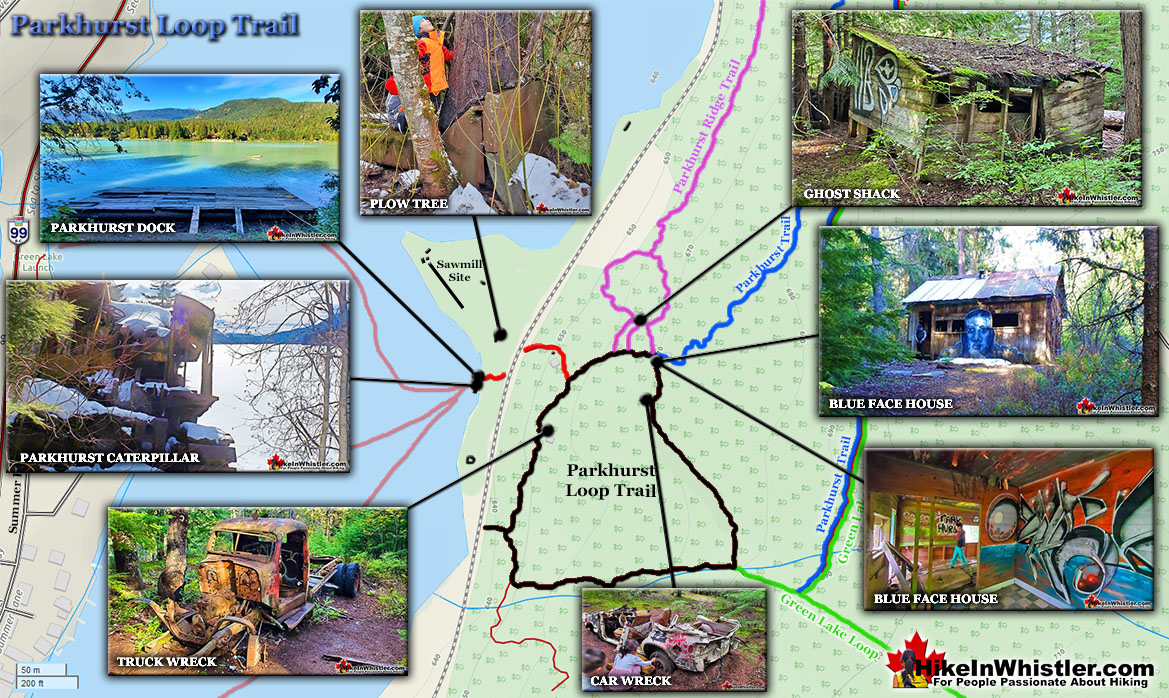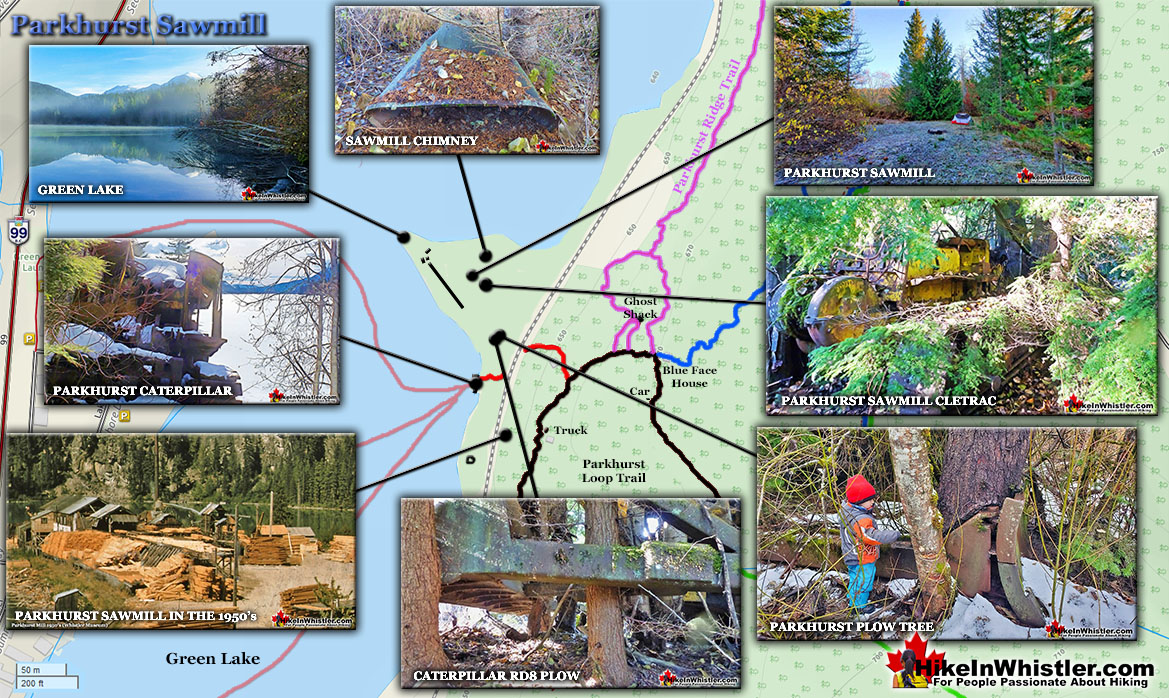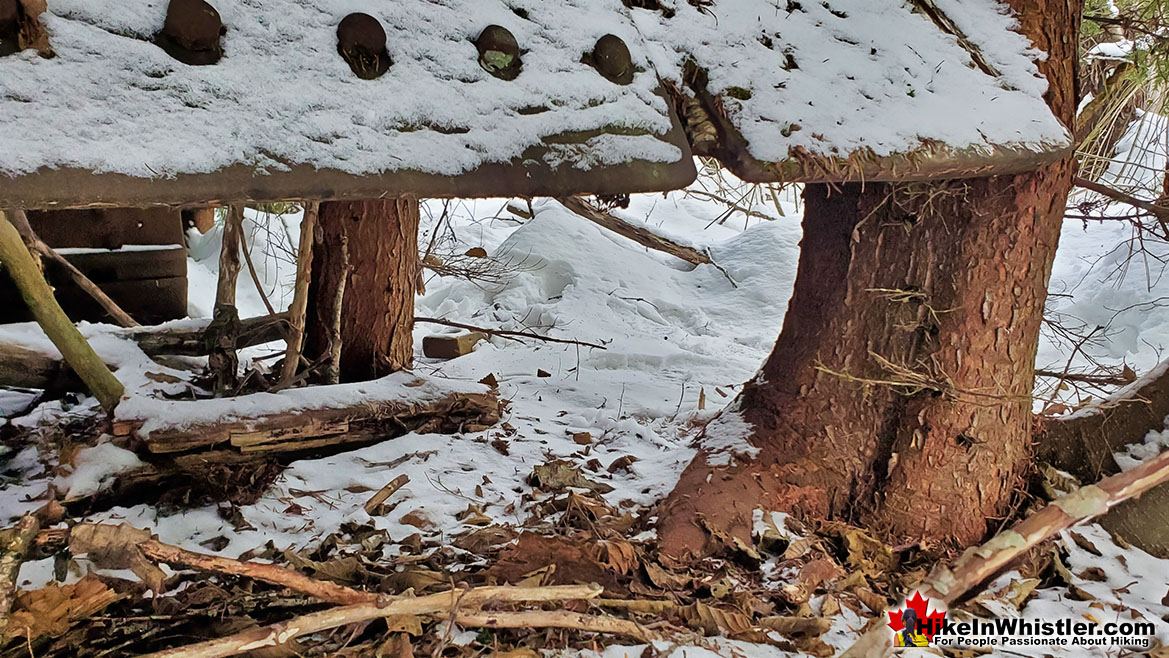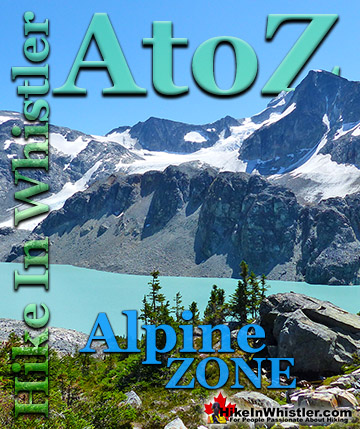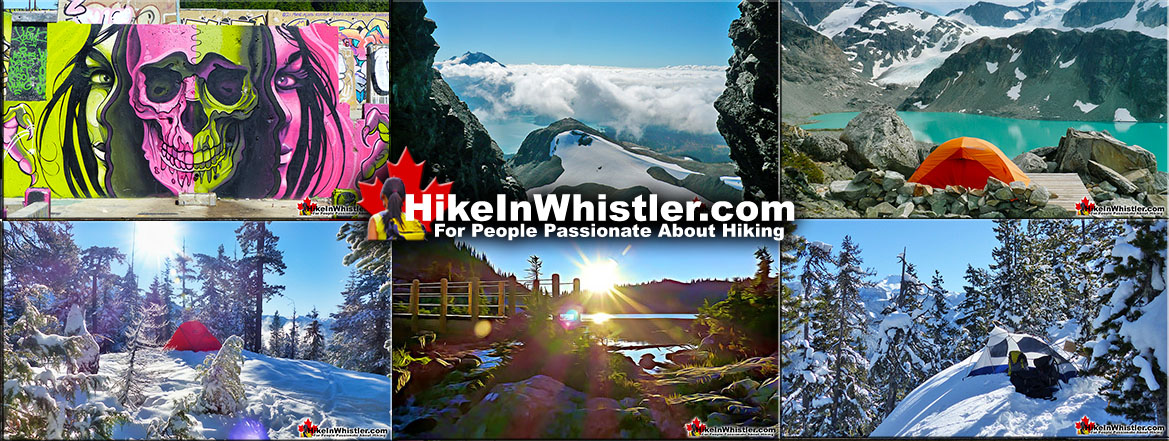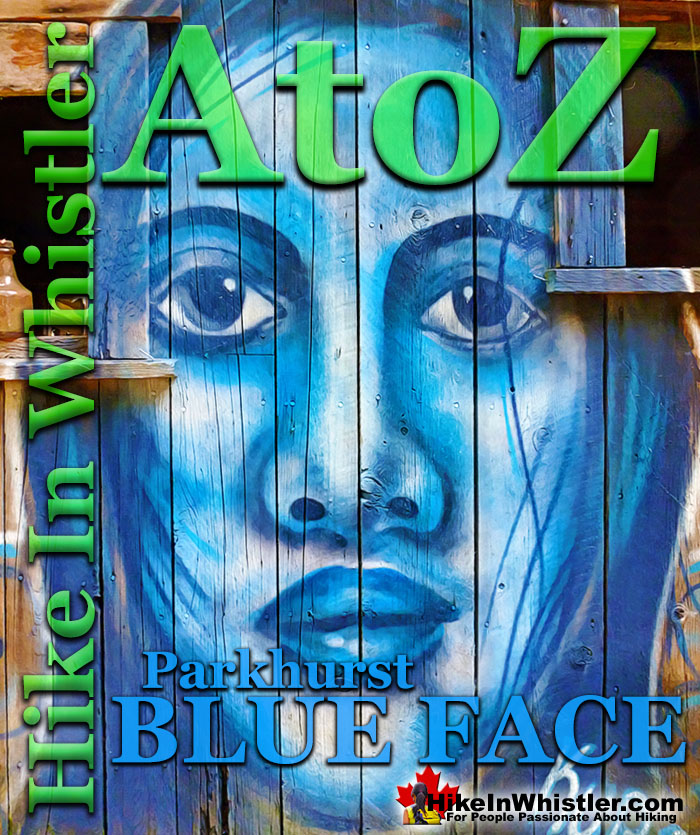
![]() Back in 2011 Kups, a Whistler local and now professional muralist painted a hauntingly surreal, blue face on the side of this house. This beautiful mural, along with the fact that this is the last fully intact house in Parkhurst makes it the most well known and photographed structure in the old ghost town. It is difficult to figure out why the Blue Face house outlasted all the others, but it appears to still be quite structurally sound.
Back in 2011 Kups, a Whistler local and now professional muralist painted a hauntingly surreal, blue face on the side of this house. This beautiful mural, along with the fact that this is the last fully intact house in Parkhurst makes it the most well known and photographed structure in the old ghost town. It is difficult to figure out why the Blue Face house outlasted all the others, but it appears to still be quite structurally sound.
Whistler & Garibaldi Hiking
![]() Alexander Falls
Alexander Falls ![]() Ancient Cedars
Ancient Cedars ![]() Black Tusk
Black Tusk ![]() Blackcomb Mountain
Blackcomb Mountain ![]() Brandywine Falls
Brandywine Falls ![]() Brandywine Meadows
Brandywine Meadows ![]() Brew Lake
Brew Lake ![]() Callaghan Lake
Callaghan Lake ![]() Cheakamus Lake
Cheakamus Lake ![]() Cheakamus River
Cheakamus River ![]() Cirque Lake
Cirque Lake ![]() Flank Trail
Flank Trail ![]() Garibaldi Lake
Garibaldi Lake ![]() Garibaldi Park
Garibaldi Park ![]() Helm Creek
Helm Creek ![]() Jane Lakes
Jane Lakes ![]() Joffre Lakes
Joffre Lakes ![]() Keyhole Hot Springs
Keyhole Hot Springs ![]() Logger’s Lake
Logger’s Lake ![]() Madeley Lake
Madeley Lake ![]() Meager Hot Springs
Meager Hot Springs ![]() Nairn Falls
Nairn Falls ![]() Newt Lake
Newt Lake ![]() Panorama Ridge
Panorama Ridge ![]() Parkhurst Ghost Town
Parkhurst Ghost Town ![]() Rainbow Falls
Rainbow Falls ![]() Rainbow Lake
Rainbow Lake ![]() Ring Lake
Ring Lake ![]() Russet Lake
Russet Lake ![]() Sea to Sky Trail
Sea to Sky Trail ![]() Skookumchuck Hot Springs
Skookumchuck Hot Springs ![]() Sloquet Hot Springs
Sloquet Hot Springs ![]() Sproatt East
Sproatt East ![]() Sproatt West
Sproatt West ![]() Taylor Meadows
Taylor Meadows ![]() Train Wreck
Train Wreck ![]() Wedgemount Lake
Wedgemount Lake ![]() Whistler Mountain
Whistler Mountain
![]() January
January ![]() February
February ![]() March
March ![]() April
April ![]() May
May ![]() June
June ![]() July
July ![]() August
August ![]() September
September ![]() October
October ![]() November
November ![]() December
December
The old metal roof is very well intact and all the walls are surprisingly solid. The only significant damage seems to be from visitors yanking curtains down or smashing floor boards and wall panels. Any windows that may have existed are long gone and there is no longer a door. A hole in the ceiling has been clawed open to look into the attic which is also somewhat intact with insulation still lining between the two by four ribs. There is even a cute little chimney poking out of the roof, though of course the stove is long gone. There was an old rickety metal bed frame covered with a foam mattress, but now that is mangled across the floor. There was some mention by the Resort Municipality of Whistler when they purchased this land in 2017 to restore this old house. The long term plan is to make Parkhurst into a park somewhat similar to Rainbow Park in that surviving relics would be cleaned up and interpretive murals set up on front of them. One tricky feature of Parkhurst that stands in the way of any development is the train tracks running through. Developing Parkhurst into a park would encourage visitors to an area with multiple railroad crossings and an access bridge that is disintegrating.
The mural painted on the front of the house dates back to 2011 when local muralist Kups painted it. Back then the house was a blank canvas, now the inside is mostly covered in colourful murals and graffiti.
The Blue Face House in 2011
The Parkhurst Ghost Town Trails
![]() There are quite a few trails in and around Parkhurst and it can be confusing as you rarely see trail signs and several trails overlap. For example, the Green Lake Loop is the original trail that ran along the back side of Green Lake and then did a loop through Parkhurst. Because the more recently built Sea to Sky Trail overlaps much of Green Lake Loop, the two trails are almost interchangeable. With the Sea to Sky Trail following a newer, more defined route, it tends to overshadow the Green Lake Loop. Also, half of the loop in the Green Lake Loop has morphed in recent years to be called the Parkhurst Trail, as it is the most direct route to the old ghost town. There are several ways to get to Parkhurst Ghost Town and they range from alright to amazing. You can hike from the far end of Green Lake via the Parkhurst Trail (pretty good), the Parkhurst Ridge Trail (amazing), the Green Lake Loop (some of it is nice) or the Sea to Sky Trail(not great) ranging in length from 2.9 kilometres to 3.4 kilometres (one way). Or you can hike or bike in from the south from Lost Lake near Whistler Village along the Sea to Sky Trail and/or the Green Lake Loop. Starting from Lost Lake near Whistler Village, you can hike or bike to Parkhurst along the Sea to Sky Trail/Green Lake Loop in 6.2 kilometres. It is a very nice and wide, gravel trail with a few hills as you ascend up the back of Green Lake. There are several panoramic vantage points over the lake as you wind through the nice forest in a comparatively quiet corner of Whistler.
There are quite a few trails in and around Parkhurst and it can be confusing as you rarely see trail signs and several trails overlap. For example, the Green Lake Loop is the original trail that ran along the back side of Green Lake and then did a loop through Parkhurst. Because the more recently built Sea to Sky Trail overlaps much of Green Lake Loop, the two trails are almost interchangeable. With the Sea to Sky Trail following a newer, more defined route, it tends to overshadow the Green Lake Loop. Also, half of the loop in the Green Lake Loop has morphed in recent years to be called the Parkhurst Trail, as it is the most direct route to the old ghost town. There are several ways to get to Parkhurst Ghost Town and they range from alright to amazing. You can hike from the far end of Green Lake via the Parkhurst Trail (pretty good), the Parkhurst Ridge Trail (amazing), the Green Lake Loop (some of it is nice) or the Sea to Sky Trail(not great) ranging in length from 2.9 kilometres to 3.4 kilometres (one way). Or you can hike or bike in from the south from Lost Lake near Whistler Village along the Sea to Sky Trail and/or the Green Lake Loop. Starting from Lost Lake near Whistler Village, you can hike or bike to Parkhurst along the Sea to Sky Trail/Green Lake Loop in 6.2 kilometres. It is a very nice and wide, gravel trail with a few hills as you ascend up the back of Green Lake. There are several panoramic vantage points over the lake as you wind through the nice forest in a comparatively quiet corner of Whistler.
The Parkhurst Loop Trail
![]() The Parkhurst Loop Trail is roughly a triangle with each side about 300 metres long. This trail runs through the now deep forest where most of the houses once stood in Parkhurst. Part of the loop trail was once an old gravel road which explains how the various wrecked vehicles managed to get there. Wrecked, old trucks from the 1950’s, an old car from the 1970’s and dozens of collapsed houses lay rotting along this trail. It is fun to wander through the forest here as you can never tell what you will find around the next bend in the trail. The triangle shaped loop trail surrounded by deep forest is strangely disorienting. You find yourself wandering for a while in a direction you are sure is away from Green Lake, only to suddenly emerge from the forest just steps from the water. Unlike other hiking trails in Whistler where you have a set destination, at Parkhurst you have a non-stop series of curious structures, beautiful sections of forest and endless great lake views.
The Parkhurst Loop Trail is roughly a triangle with each side about 300 metres long. This trail runs through the now deep forest where most of the houses once stood in Parkhurst. Part of the loop trail was once an old gravel road which explains how the various wrecked vehicles managed to get there. Wrecked, old trucks from the 1950’s, an old car from the 1970’s and dozens of collapsed houses lay rotting along this trail. It is fun to wander through the forest here as you can never tell what you will find around the next bend in the trail. The triangle shaped loop trail surrounded by deep forest is strangely disorienting. You find yourself wandering for a while in a direction you are sure is away from Green Lake, only to suddenly emerge from the forest just steps from the water. Unlike other hiking trails in Whistler where you have a set destination, at Parkhurst you have a non-stop series of curious structures, beautiful sections of forest and endless great lake views.
The Parkhurst Sawmill Site
![]() The old Parkhurst Sawmill was located on the peninsula adjacent to the old Caterpillar tractor. A little bit of bushwhacking takes you into a surprisingly big clearing in tangle of forest. The clearing is caused by the collapsed sawmill's metal roof covering the forest floor and preventing big trees from taking root. You can only see some of the huge metal sheets as most of it lays under a carpet of forest that has settled in over the past 65 years. The clearing is serene and cut off from the world by a thick perimeter of jungle, making it a sunny paradise on a nice day.
The old Parkhurst Sawmill was located on the peninsula adjacent to the old Caterpillar tractor. A little bit of bushwhacking takes you into a surprisingly big clearing in tangle of forest. The clearing is caused by the collapsed sawmill's metal roof covering the forest floor and preventing big trees from taking root. You can only see some of the huge metal sheets as most of it lays under a carpet of forest that has settled in over the past 65 years. The clearing is serene and cut off from the world by a thick perimeter of jungle, making it a sunny paradise on a nice day.
Venturing into the forest around the clearing you will encounter the huge, old chimney from the sawmill as well as a pile of bricks that once housed the sawmill's furnace that powered everything. Further into the forest you will find two more logging tractors. An old Cletrac tractor that dates from the mid 1940's and an unexpectedly impressive Caterpillar buried in the forest with its huge plow being lifted off the ground by several trees. You will probably find yourself crawling around in amazement, peering under the 4000 kilogram plow, wondering how it is possible.
More Whistler & Garibaldi Park Hiking A to Z!
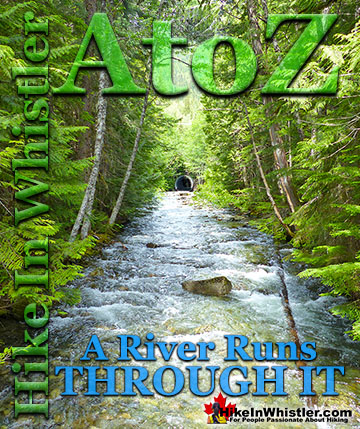
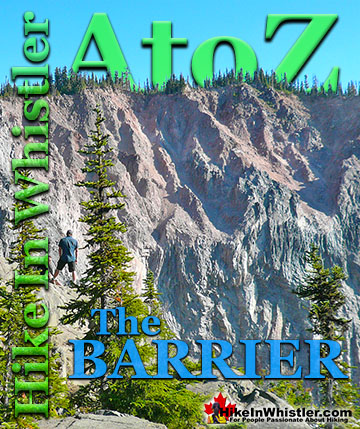
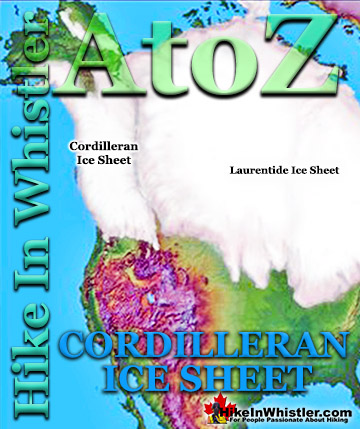
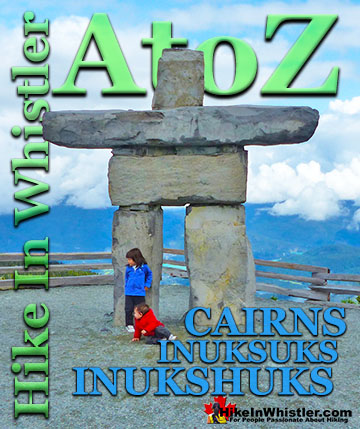
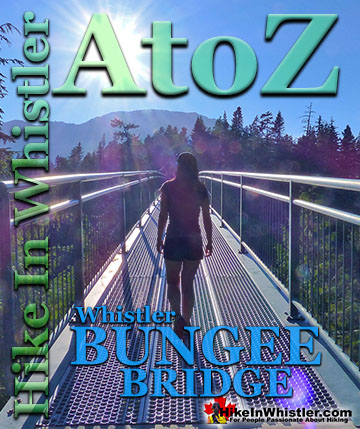
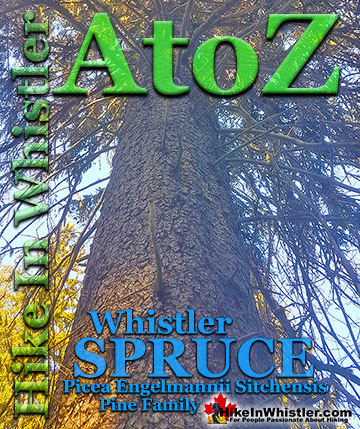
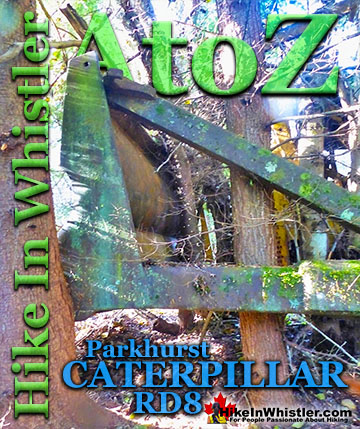
The Best Whistler & Garibaldi Park Hiking Trails!
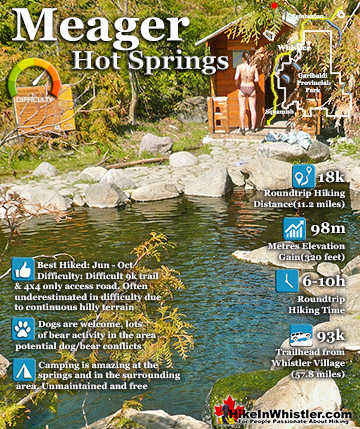
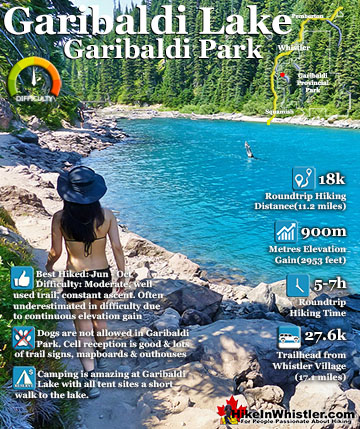
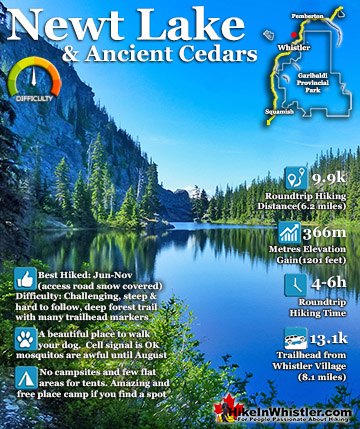
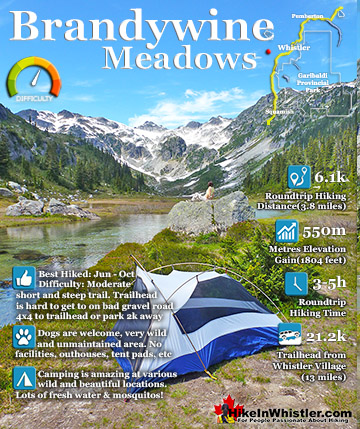
Whistler & Garibaldi Park Best Hiking by Month!
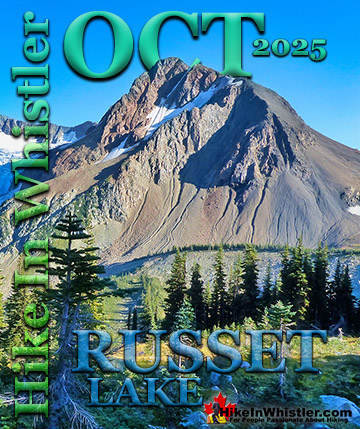
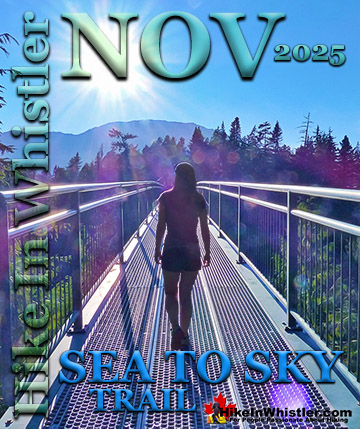
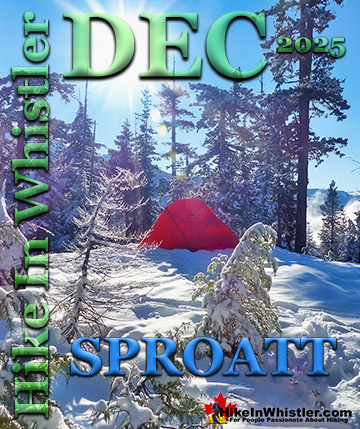
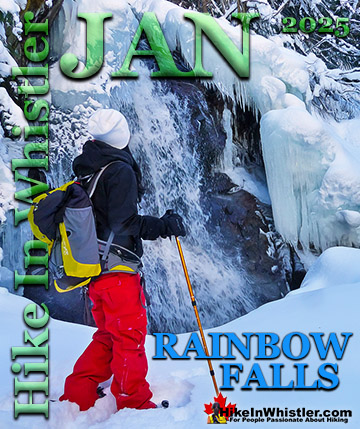
Explore BC Hiking Destinations!
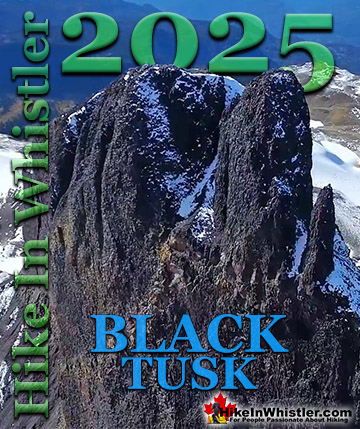
Whistler Hiking Trails
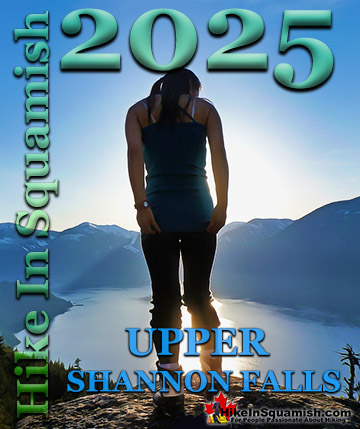
Squamish Hiking Trails
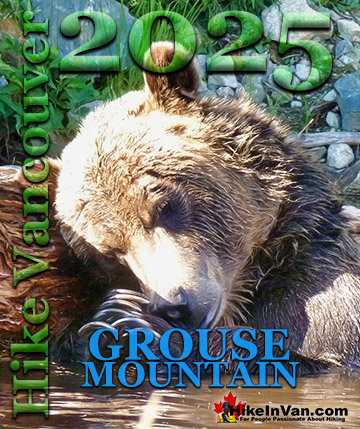
Vancouver Hiking Trails
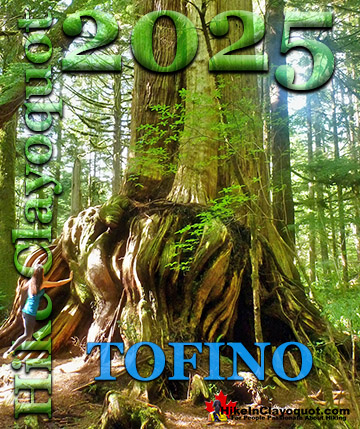
Clayoquot Hiking Trails
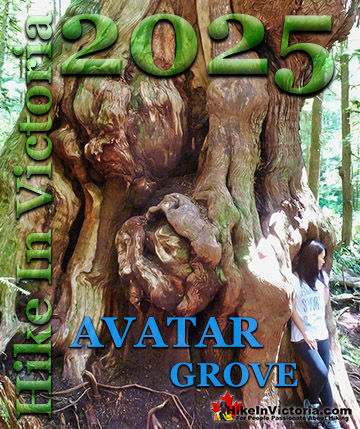
Victoria Hiking Trails
